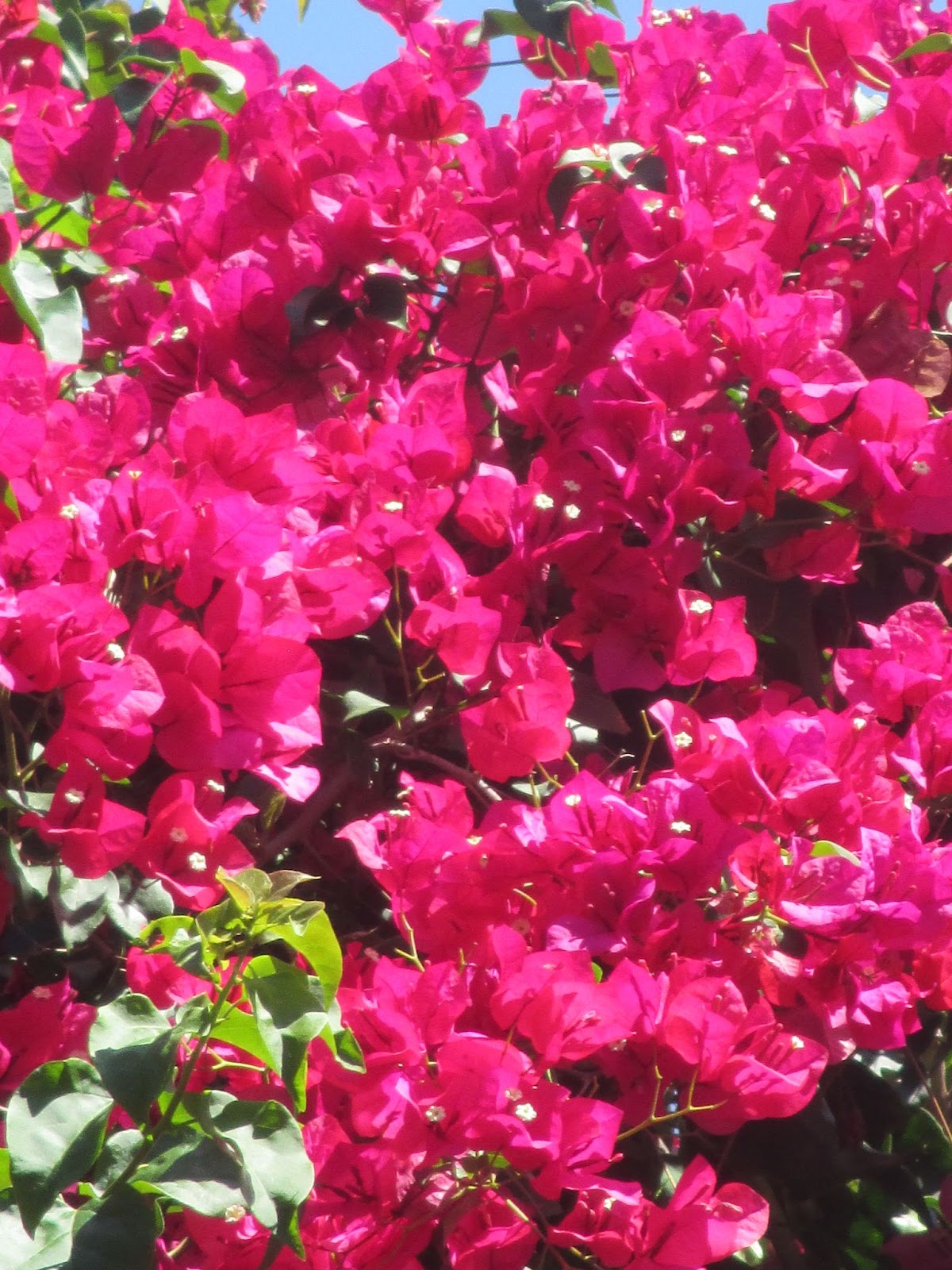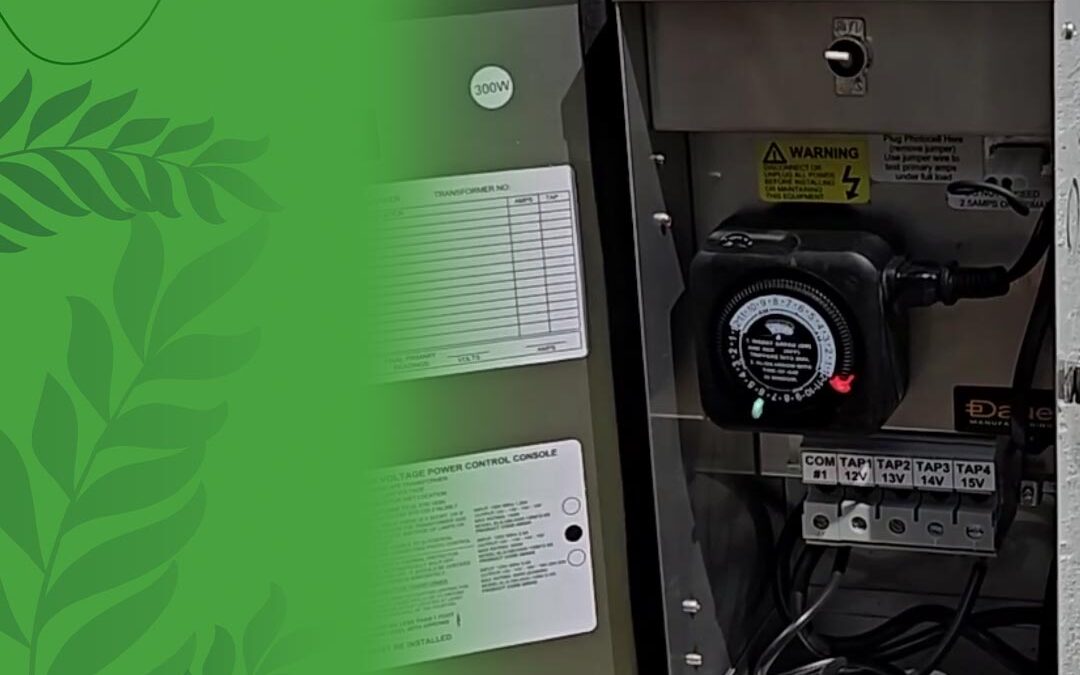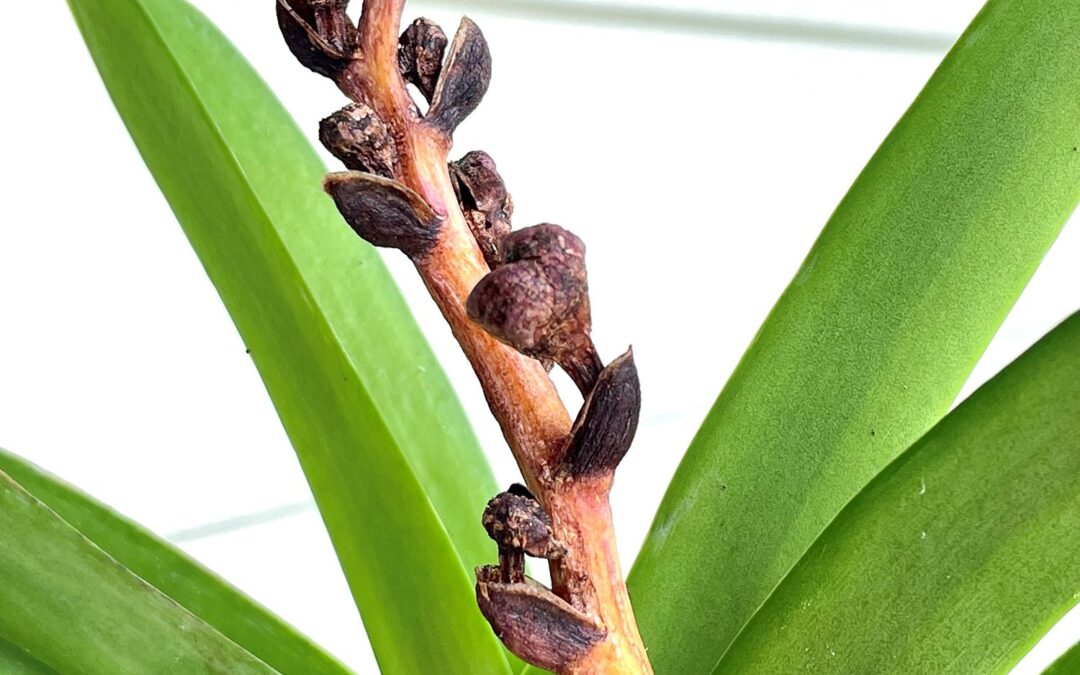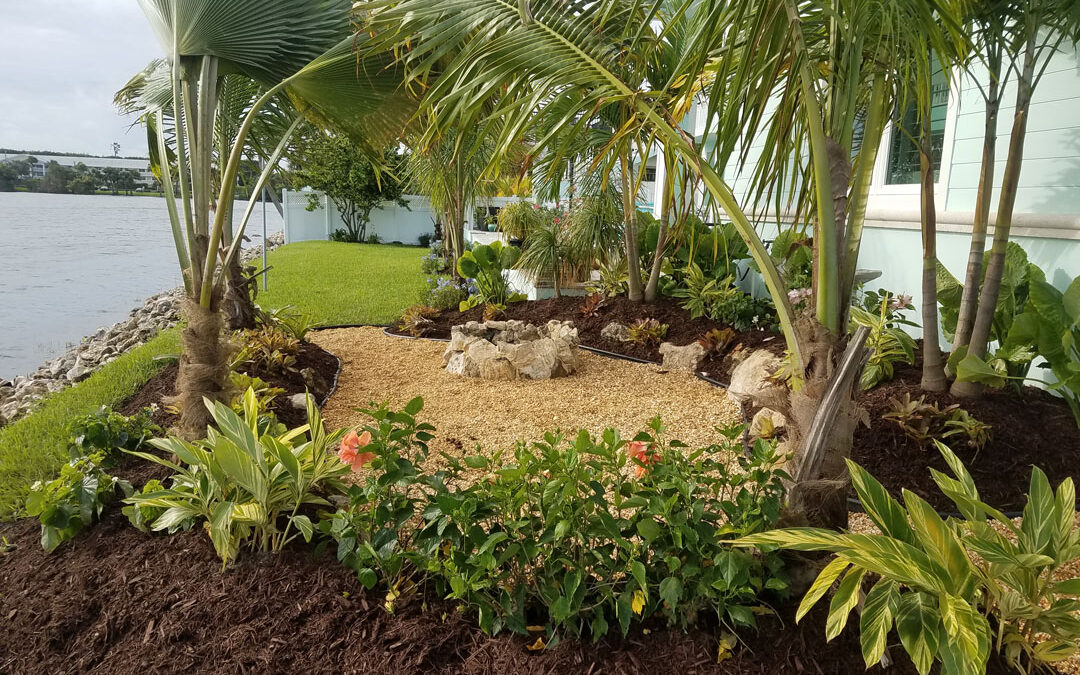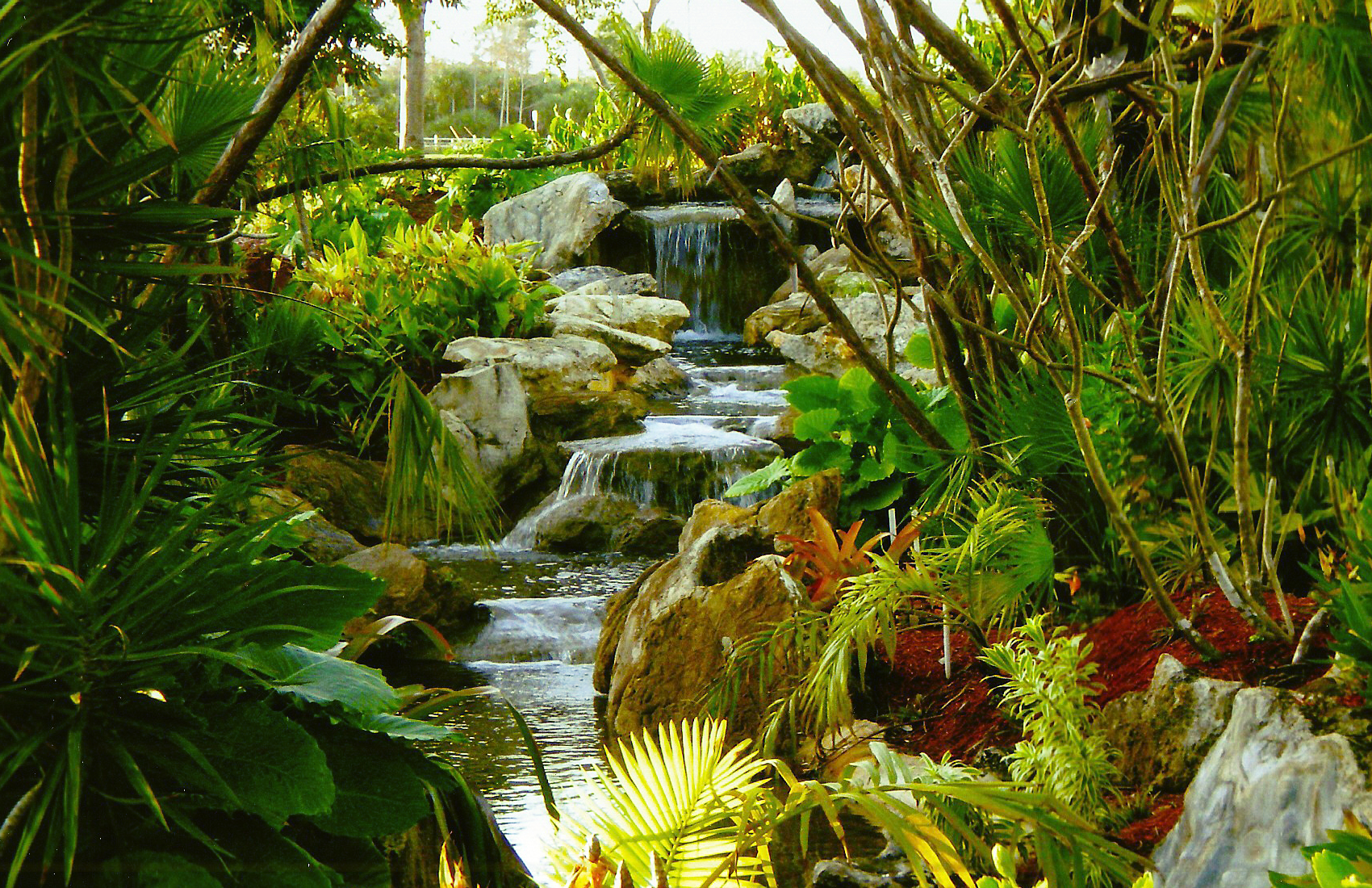How can I get more blooms and flowers from my plants and trees?
After designing and installing, and providing warranties on thousands of new landscape design projects in the Central and South Florida areas, for both residential and commercial properties over the past decades; this one question remains, consistently, one of the most frequently asked that we still get.
Unfortunately, there can be many twists and folds to get an answer that applies to someone’s particular conditions and circumstances sometimes. Not many really wish to hear a long answer, just a short one that might be quickly effective and memorable is appreciated more than anything.
So, while there are different facets that make up varieties and aspects of the challenges for different properties and plants and trees, and sun challenges, we’re going to start with a really short and simple, rule of thumb hopefully everyone asking this question “ How can I get more blooms and flowers from my plants and trees ? “ hopefully can appreciate.
Based on installing thousands of new landscape projects, over many years, and using hundreds of different species in a wide variety of uses in that span, here is the simplest, influential answer as a starting point for all the rest regarding the great majority of plants and trees:
The more sunlight, the more blooms.
The less sunlight, the less blooms.
That is our starting point for all of the information that will follow.
What are the different factors that can affect the way a plant or a tree blooms? There are many possible answers depending upon a particular circumstance a plant or tree may be experiencing on a property.
We are going to try and provide a checklist on helping to understand what factors can help or hinder a plant or tree from blooming. When it comes to blooms or flowers, if we can possibly help with this information at your own property, that is the goal here. No matter the circumstance with your own particular plant or tree in question and the specific conditions you can check for your own property, no matter where you might live. Our service is based in South Florida, but these principles and points of reference should work well for most areas and climates we should hope, not counting conditions of snow on the ground, which is well outside of our South Florida area.
We are going to try and simplify the outline of different aspects as generally as we can, while also providing a bit of insight into each of these categories that can either help or hurt a plant or tree’s bloom or flower output.
One note, when we are talking about blooms, we are talking about flowers and we hold them as being the same in this article. Blooms are flowers for any that might not be sure of our meaning.
And that is if we are referring to blooms or flowers on trees or plants, we’re calling them the same.
We’ll start with the simpler, more common questions that we’ve typically gotten more than any other questions on the subject, and move on from there.
Common question :
“We planted the same plant on one side of our home and then have the same plant in a different area and they don’t bloom the same. Why is that?
Simplest Answer :
It could be a matter of one area receiving more sunlight than the other area.
From there, to try and be more helpful, we’ll go into different factors which can cause this situation, even with the same flowering / blooming plants:
The first issue we noted is sunlight, and we’ll go into a bit more detail in a short section on the sunlight affect, the second factor on bloom output that we’ll note, is the Aspects of Common Mistakes in Care & Effects of Neglect verses a Cared for landscape. To help highlight the points we’re covering, here’s an Overview below.
Points we’ll be covering in thE Next articleS are :
- Sunlight issues – more sunlight, more blooms / flowers, less sunlight, less blooms / flowers
- Aspects of Common Mistakes in Care & Effects of Cared for verses Neglected Landscapes ; watering, trimming, fertilizing, protecting from maintenance damage (weedeater hitting bark, mulch around and not lawn up to plant base over sometimes for younger, establishing plants) (nursery conditions verses your own property conditions)
- The Nature of the plant – constitution of that particular plant or tree, understanding bloom cycles
- Root System Strength of the plant, Xeriscape Watering Strategy, roots and a good watering strategy
- Soil Conditions & Drainage Problems, damp vs dry, controlled, weather Related Conditions, soil nutrition conditions
- Chlorosis & Necrosis in Plants
- Some Insects, Disease possibilities in our area
We hope that any reading this article might find the information here helpful and of value, and for those seeking more blooms, we hope you find the tips here helping to deliver more blooms and flowers for you where and when these possible adjustments might be able!

